Search
Search Results
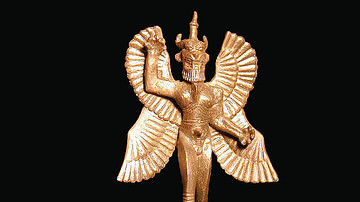
Definition
Pazuzu
Pazuzu is an Assyrian/Babylonian demonic god who was most popular in the first millenium BCE. He was the son of Hanbi (also Hanba), king of the demons of the underworld, and brother to Humbaba, the demon-god protector of the Cedar Forest...
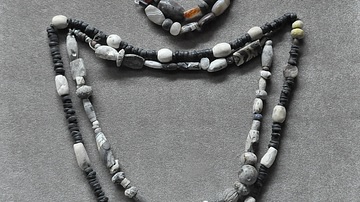
Image
Necklaces from the Old Babylonian period
These 3 necklaces were founds inside graves. From Mesopotamia, modern-day Iraq. Old-Babylonian period, 2000-1500 BCE. The Sulaimaniya Museum, Iraq.
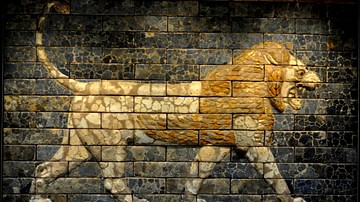
Definition
Mesopotamian Art and Architecture
Ancient Mesopotamian art and architectural works are among the oldest in the world, dating back over 7,000 years. The works first appear in northern Mesopotamia prior to the Ubaid Period (c. 5000-4100 BCE) and then developed in the south...
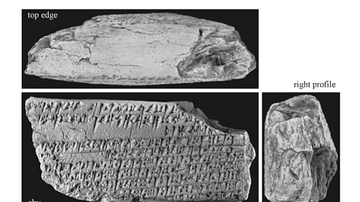
Article
New Gilgamesh Fragment: Enkidu's Sexual Exploits Doubled
Sometimes it is the smallest discoveries that have the largest impact. When Alexandra Kleinerman and Alhena Gadotti found a new fragment of the Epic of Gilgamesh in 2015 CE, it did not seem to be particularly impressive. The broken tablet...
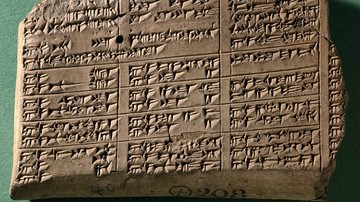
Article
Cuneiform Lexical Lists
Lexical lists are compilations of cuneiform signs and word readings written on clay tablets throughout Mesopotamia. From the late 4th millennium BCE up to the 1st century CE, scribal communities copied, modified, and passed on these cuneiform...
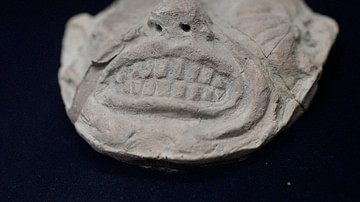
Image
Clay head from Old Babylonian period
Clay head from Mesopotamia, modern-day Iraq. Old Babylonian period, 2003-1959 BCE. The Sulaymaniyah Museum, Iraq.
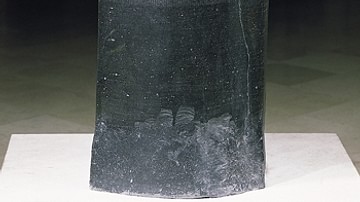
Definition
Code of Hammurabi
The Code of Hammurabi was a set of 282 laws inscribed in stone by the Babylonian king Hammurabi (r. 1795-1750 BCE) who conquered and then ruled ancient Mesopotamia. Although his law code was not the first, it was the most clearly defined...
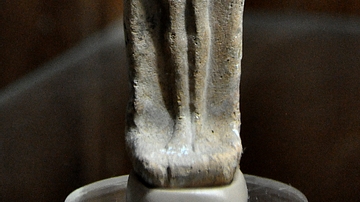
Image
Erotic Old Babylonian Plaque
This terracotta plaque depicts a naked slim woman. She wears a necklace and what appears to be a strap (in three vertical layers) above the pelvis, with one of its ends hanging down on the right thigh. The plaque might have been used for...
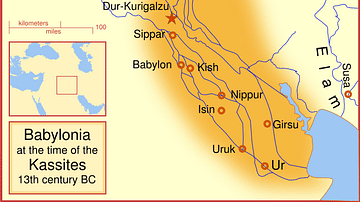
Definition
Kassite
It is thought that the Kassites originated as tribal groups in the Zagros Mountains to the north-east of Babylonia. Their leaders came to power in Babylon following the collapse of the ruling dynasty of the Old Babylonian Period in 1595 BC...
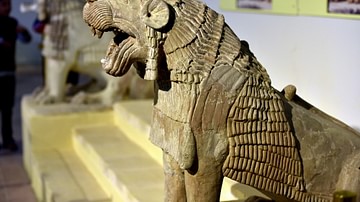
Image
A Pair of Lions from Tell Harmal at the Iraq Museum
These two terracotta lions were found at the entrance to the Dagan Temple at Tell Harmal (ancient Shaduppum), in the eastern outskirt of Baghdad. The temple was a typical Old-Babylonian one, with a short staircase made of mudbricks and flanked...